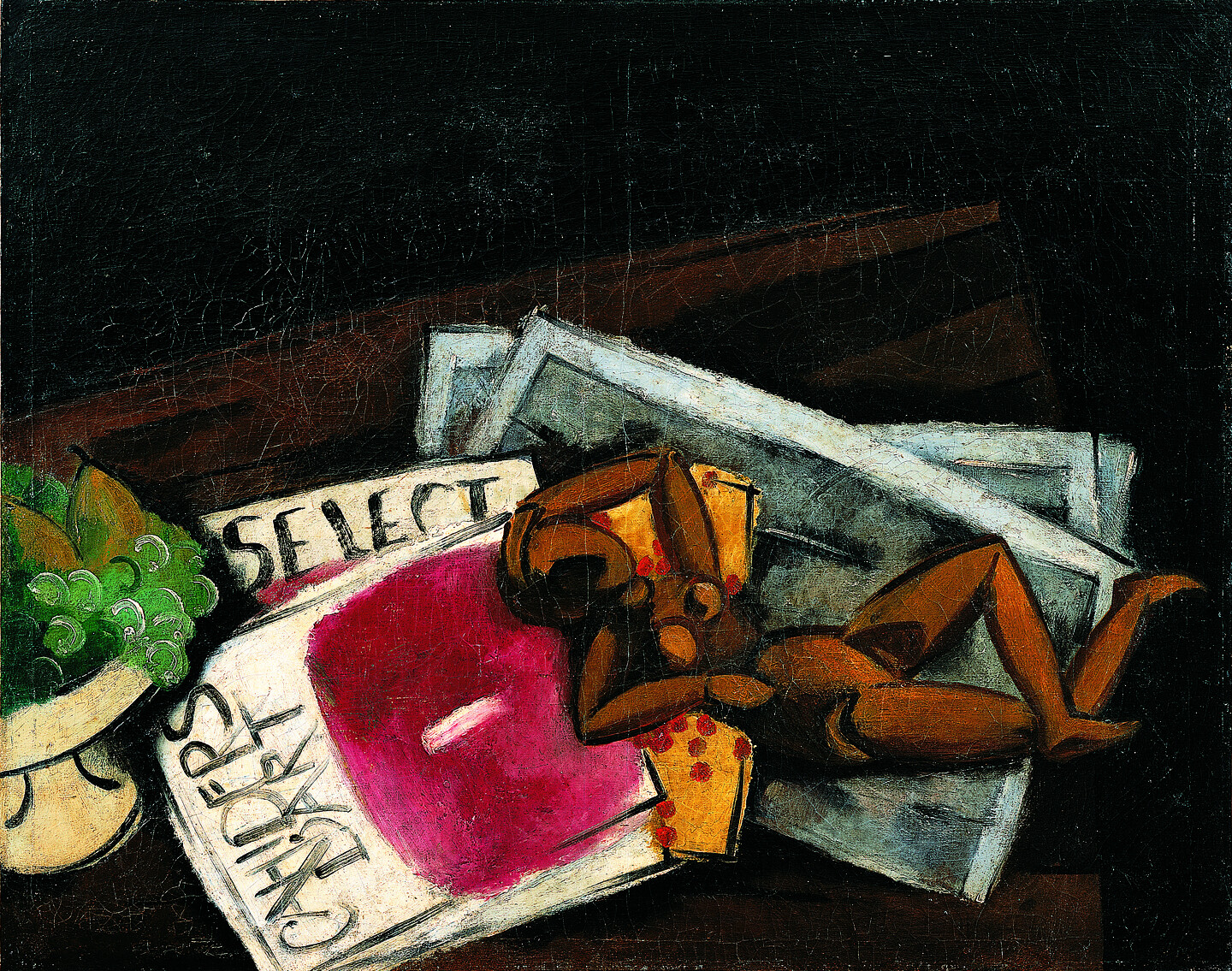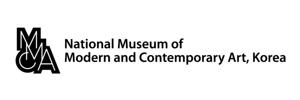February 4–May 30, 2021
99 Sejong-daero, Jung-gu
04519 Seoul
South Korea
Hours: Tuesday–Sunday 10am–7pm,
Wednesday and Saturday 10am–9pm
T +82 2 2022 0600
In Korean history, the Japanese colonial period (1910–1945) has generally been viewed as an era of darkness and despair. As such, any attempt to examine the events of this time period are subject to preconceived notions of anger and aversion, like reliving a painful wound.
Under colonial rule, of course, the people of Korea were continuously shackled by many contradictory social structures. But even so, this era was a period of profound transformation, during which time the traditional society of the past collided with the modern society of the present, with new cultures and technologies being accepted, absorbed, or repelled with unimaginable speed. In particular, young Koreans became fascinated by a rapid surge of new ideas, philosophies, knowledge, and culture from the West.
This exhibition shares the stories of artists and writers who devoted themselves to art and literature during this paradoxical era, focusing primarily on life in colonial Seoul (then known as Gyeongseong) in the 1930s and 40s. These cultural figures were free spirits who gathered in cafes and bars, condemned the absurdities of reality, promoted their own perception of a new era, and advocated the new avant-garde of knowledge, much like the École de Paris in France. Despite the overlying social contradictions and confusion, these artists and writers became a driving force, forming a deep solidarity as they cleared their own path through their shared belief in the abiding value of literature and art.
In Part I, the exhibition delves into Gyeongseong in the 1930s, inviting us to visit Coffeehouse Jebi, run by the poet Yi Sang, which became the center for a new network of young artists dedicated to experimental projects traversing genres and fields. Through the works and activities of Yi Sang, Park Taewon, and Gu Bon-ung, the exhibition shows how the new Korean avant-garde erased the boundary between literature and art, as well as music and film, in new cultural products unlike anything that had ever been seen before.
The entire space of Gallery II is dedicated to achievements in visual art in print media from the 1920s through the 1940s, when the editorial offices of newspapers and magazines served as a vital social system bringing writers and artists together. Taking us inside these offices, this section sheds new light on the illustrators of serial stories from newspapers, which had a tremendous influence on the public at the time, while also introducing the beautiful world of “hwamun,” illustrated writings created through collaborations between poets and illustrators.
Part III looks into the fruitful partnerships between specific writers and artists, such as Jeong Jiyong & Chang Pal, Kim Gi-rim & Lee Yeoseong, and Lee Taejun & Kim Yongjun, as well as the multi-faceted relationships (sometimes spanning multiple generations) among major figures such as Kim Gwang-gyun, Lee Qoede, Lee Jungseop, Ku Sang, Kim Whanki etc. Visualizing these special relationships in three dimensions, the featured works reveal how these brilliant individuals helped one another reach new creative heights by sharing their talents and ideas.
Finally, Part IV explores the underappreciated literary talents of master painters, such as Kim Yongjun, Chang Ucchin, Han Mook, Park Kosuk, Chun Kyungja, and Kim Whanki. Featuring both paintings and writings, the displays use various media to elucidate the goals and ideas of these representative modern artists.
Uncovering and introducing many invaluable assets of Korean heritage created through the joint efforts of writers and artists in the modern era, this exhibition opens the door to a thrilling new world of art and literature, celebrating the achievements of cultural pioneers who actively cultivated and shared their wisdom and nobility during a time of national crisis and contradiction.


